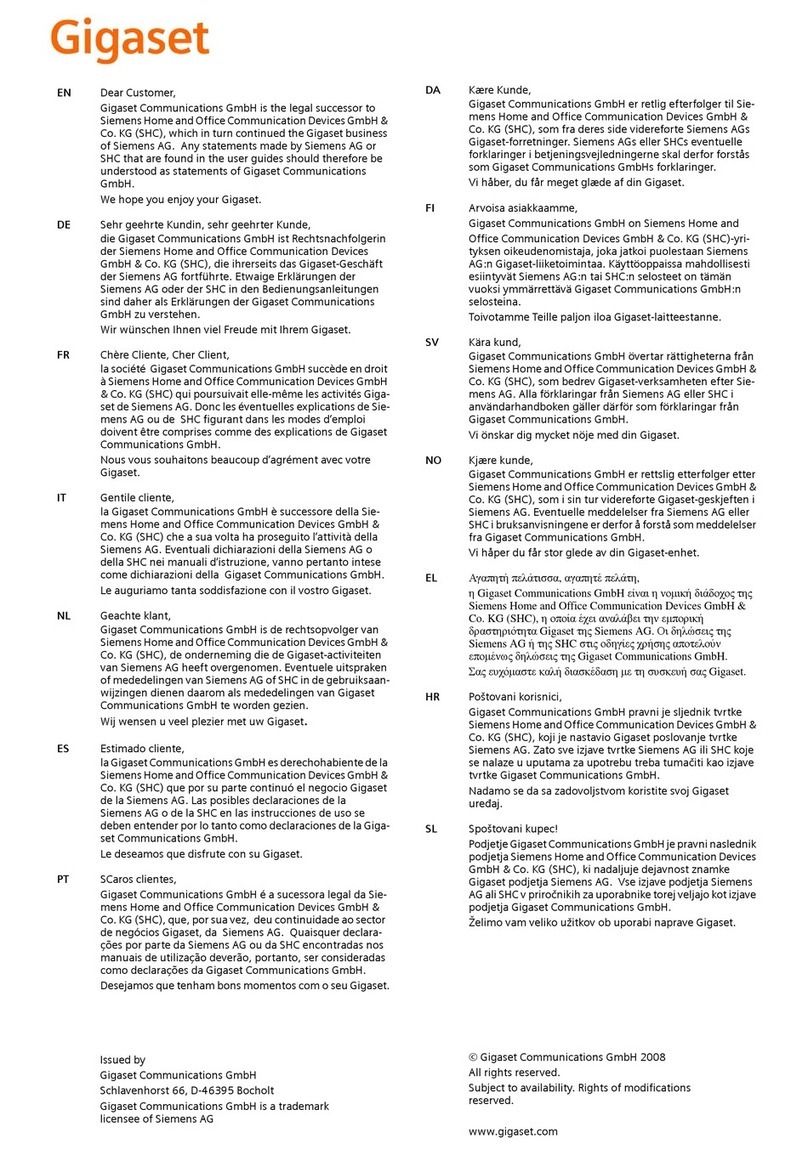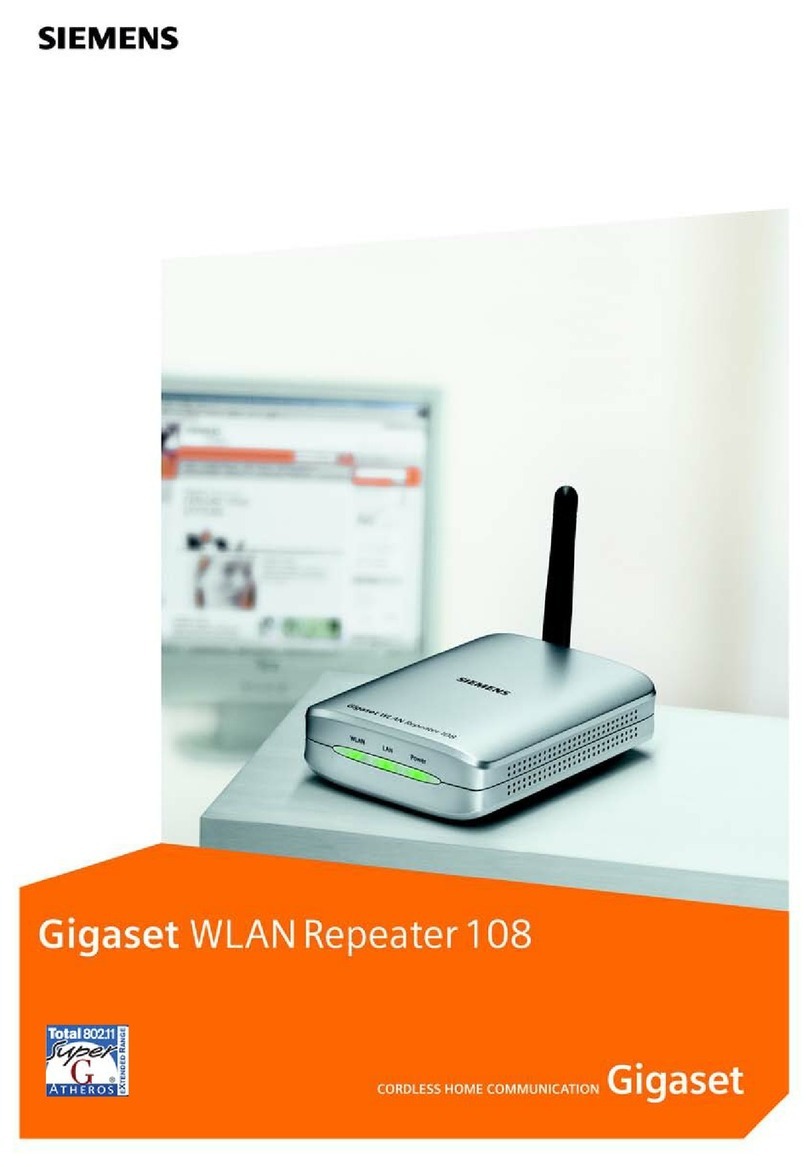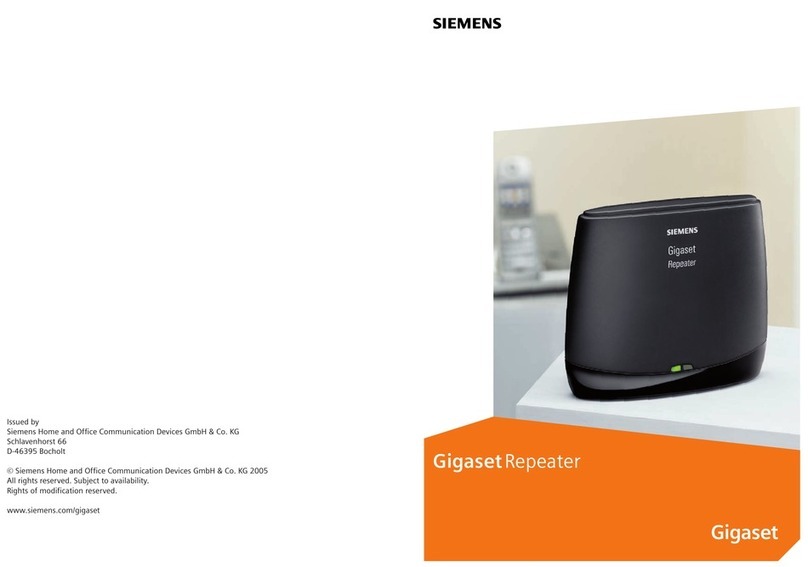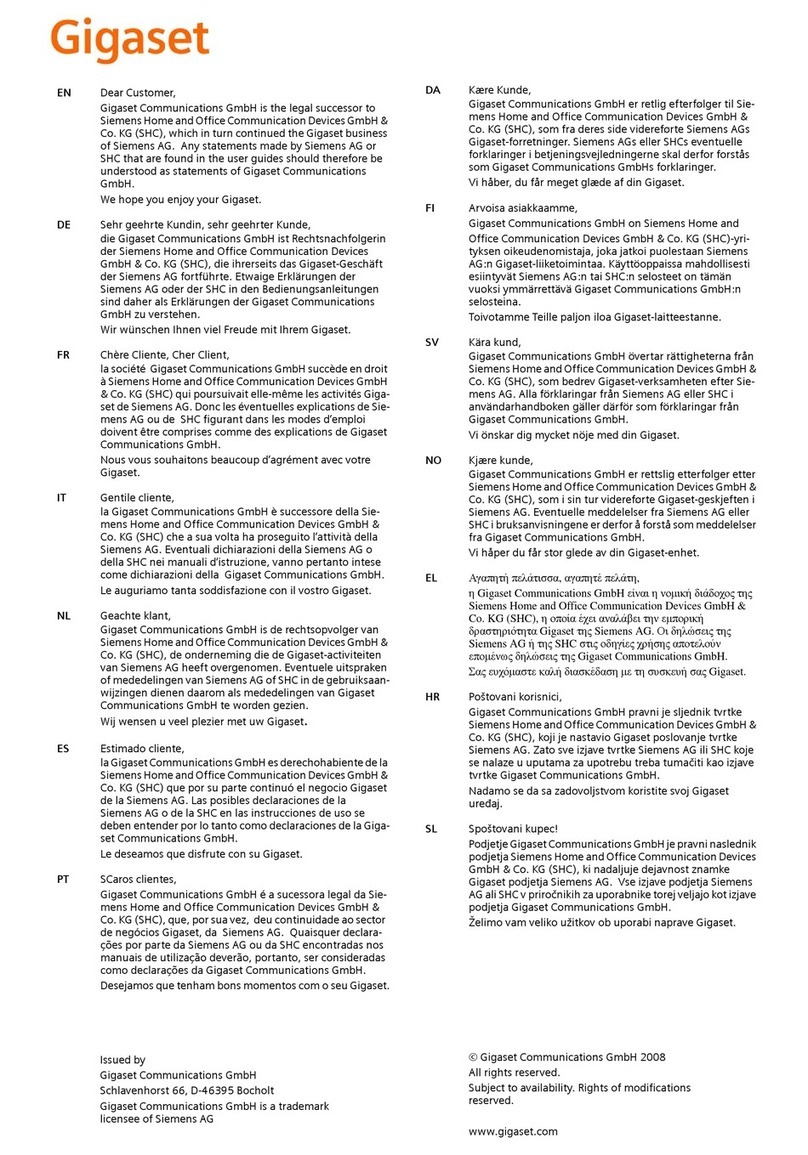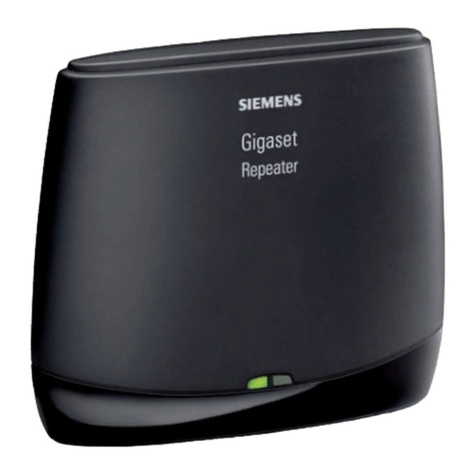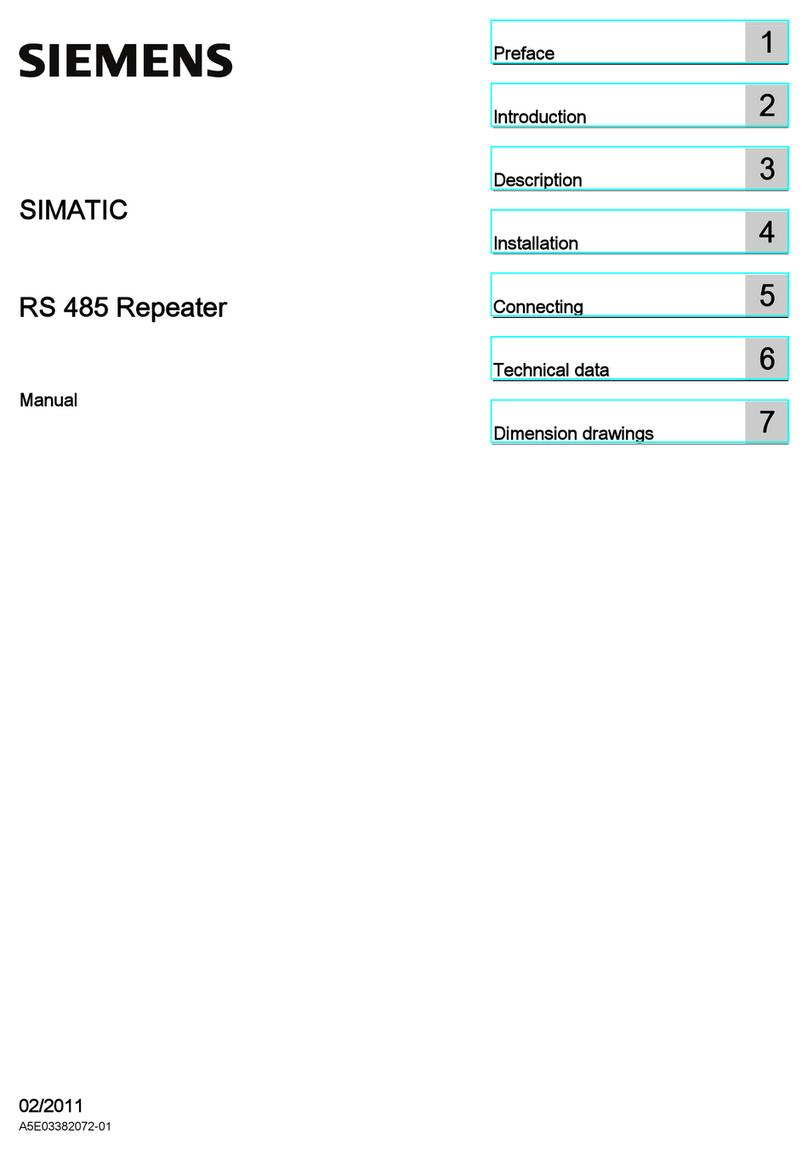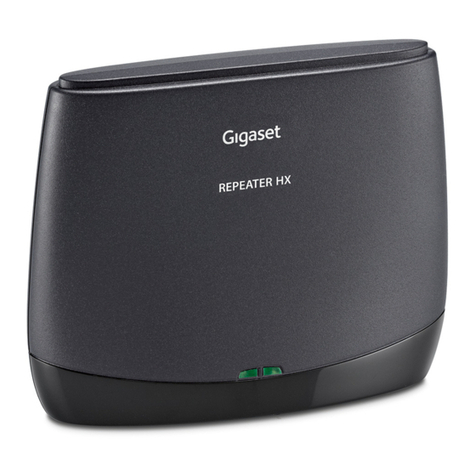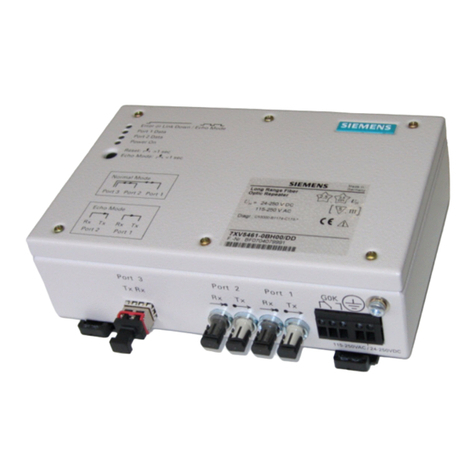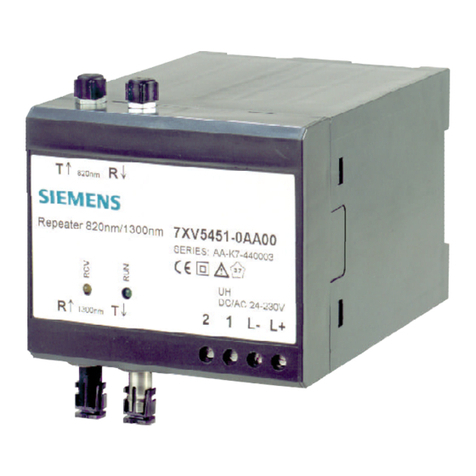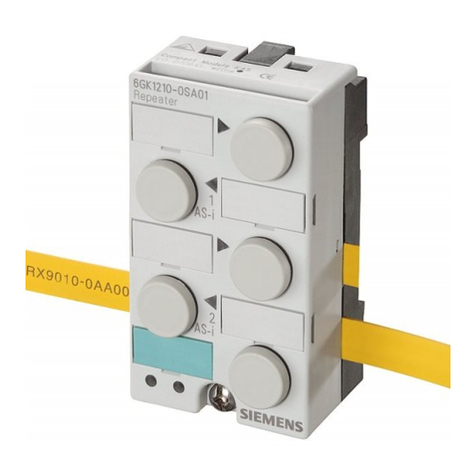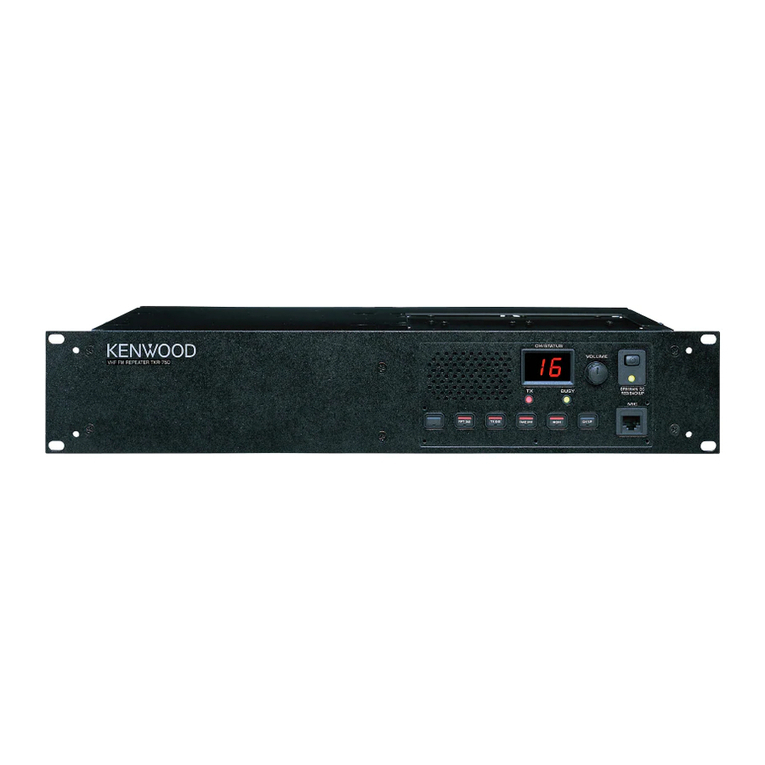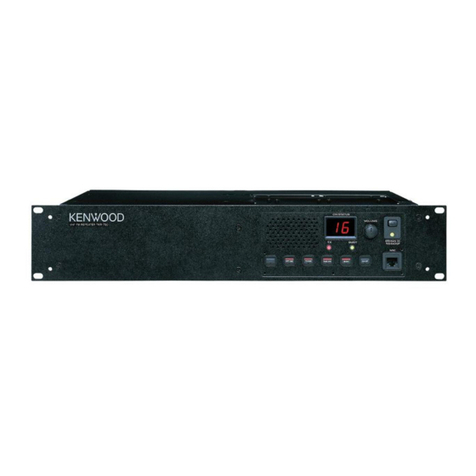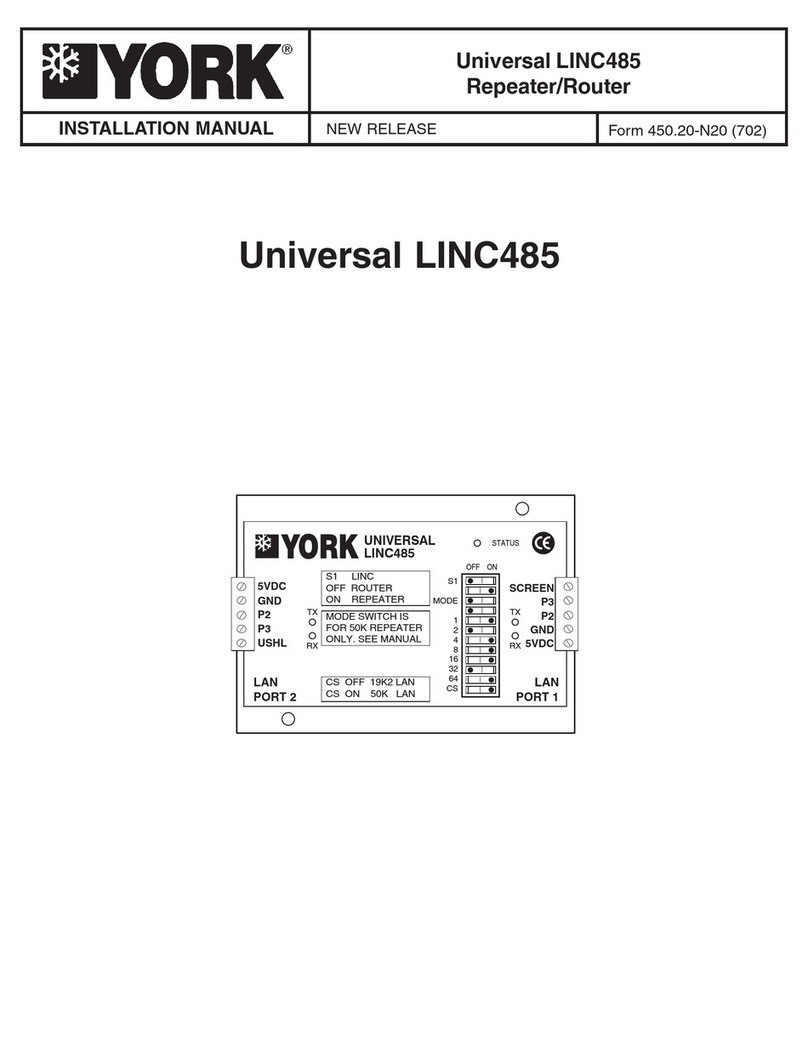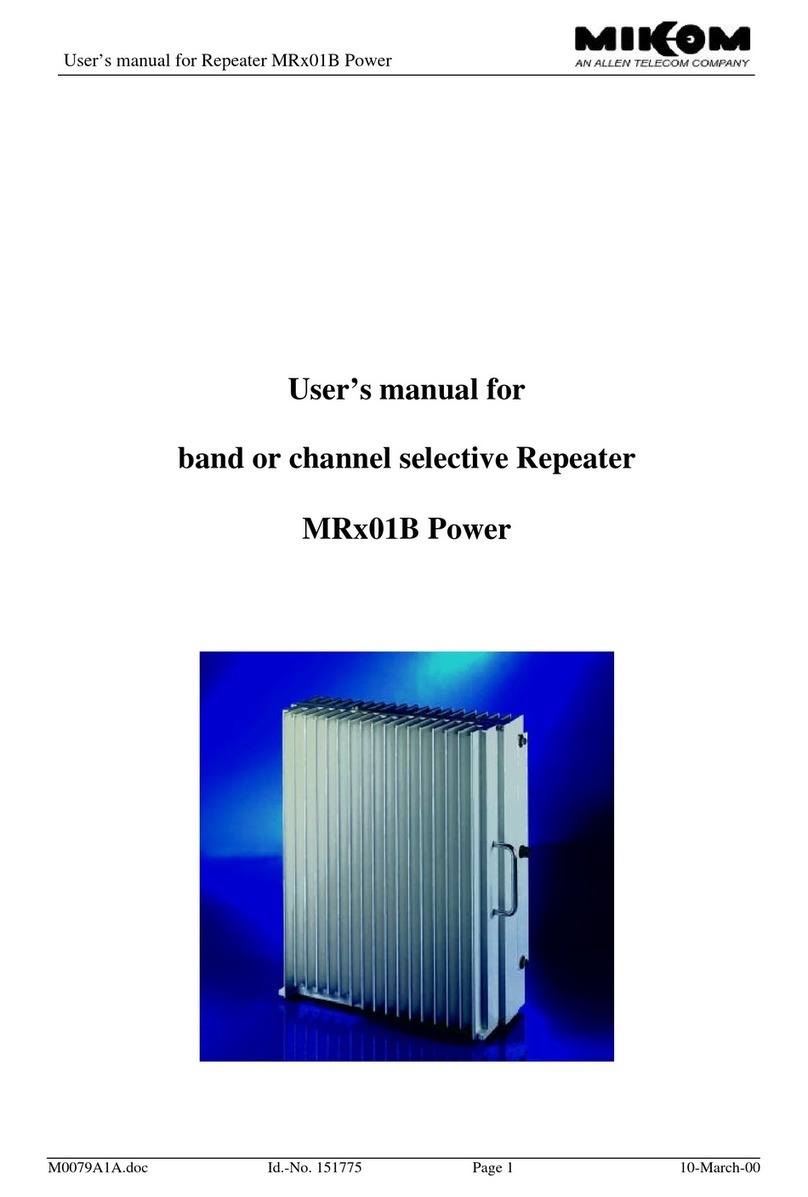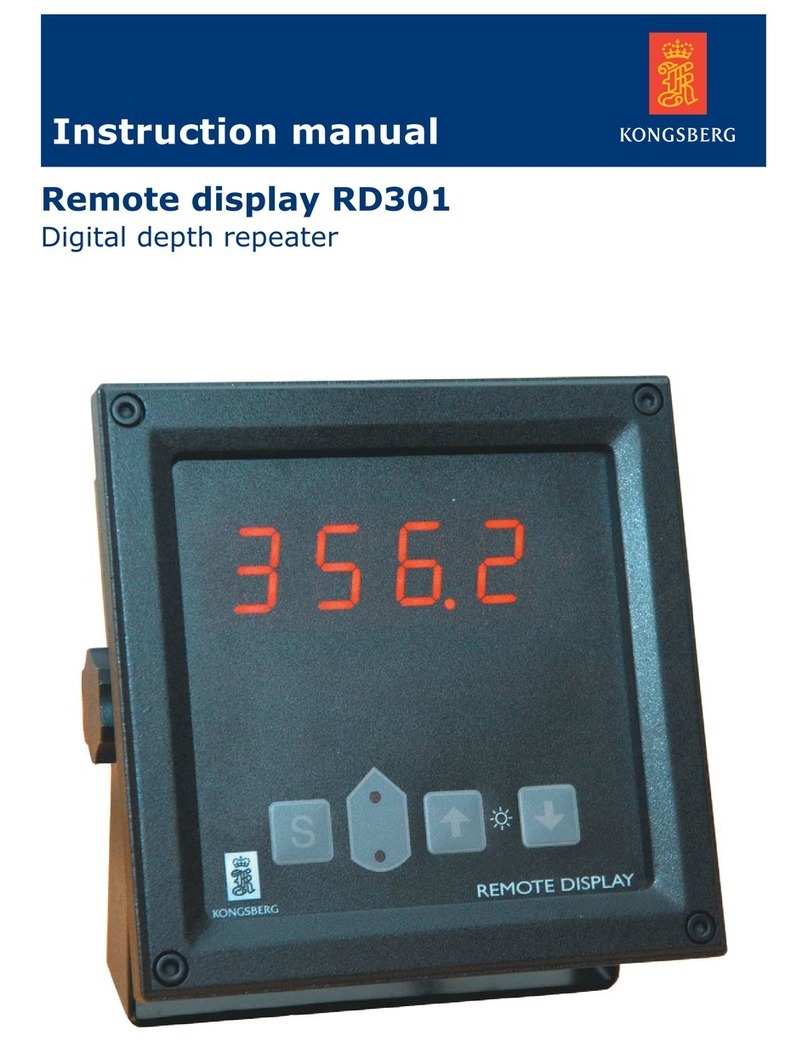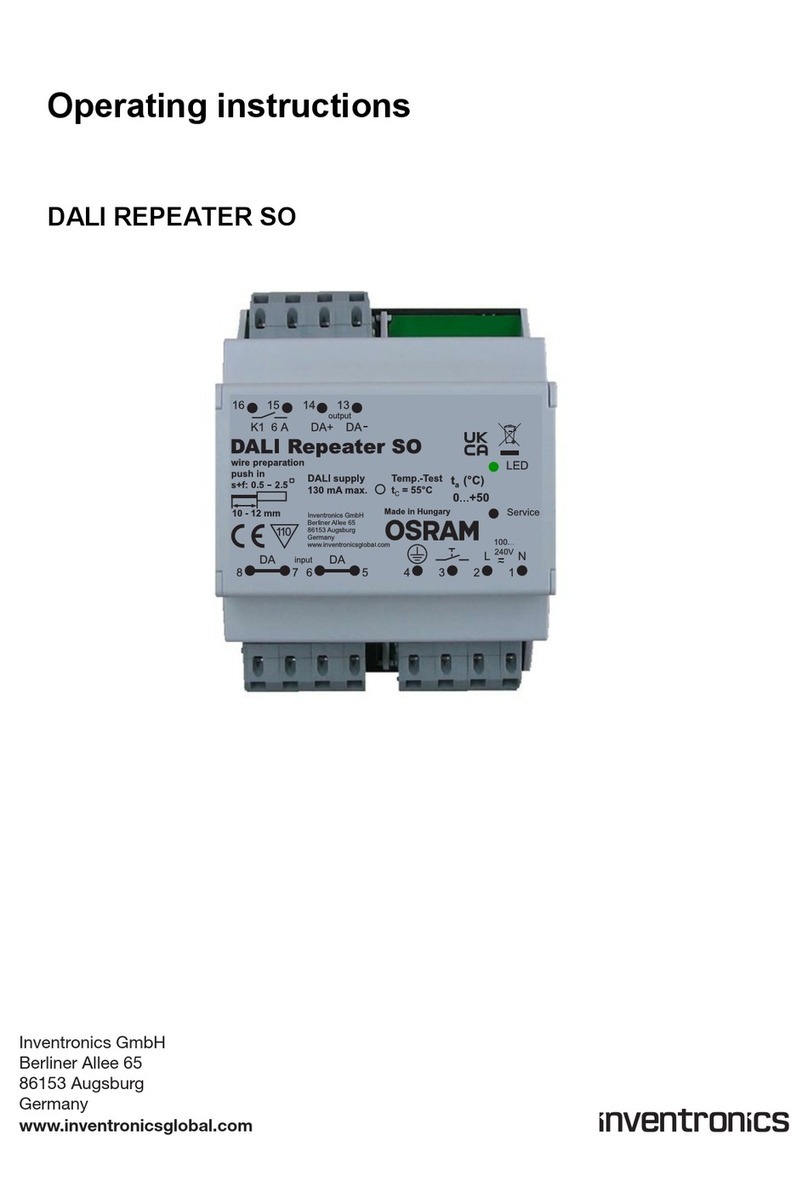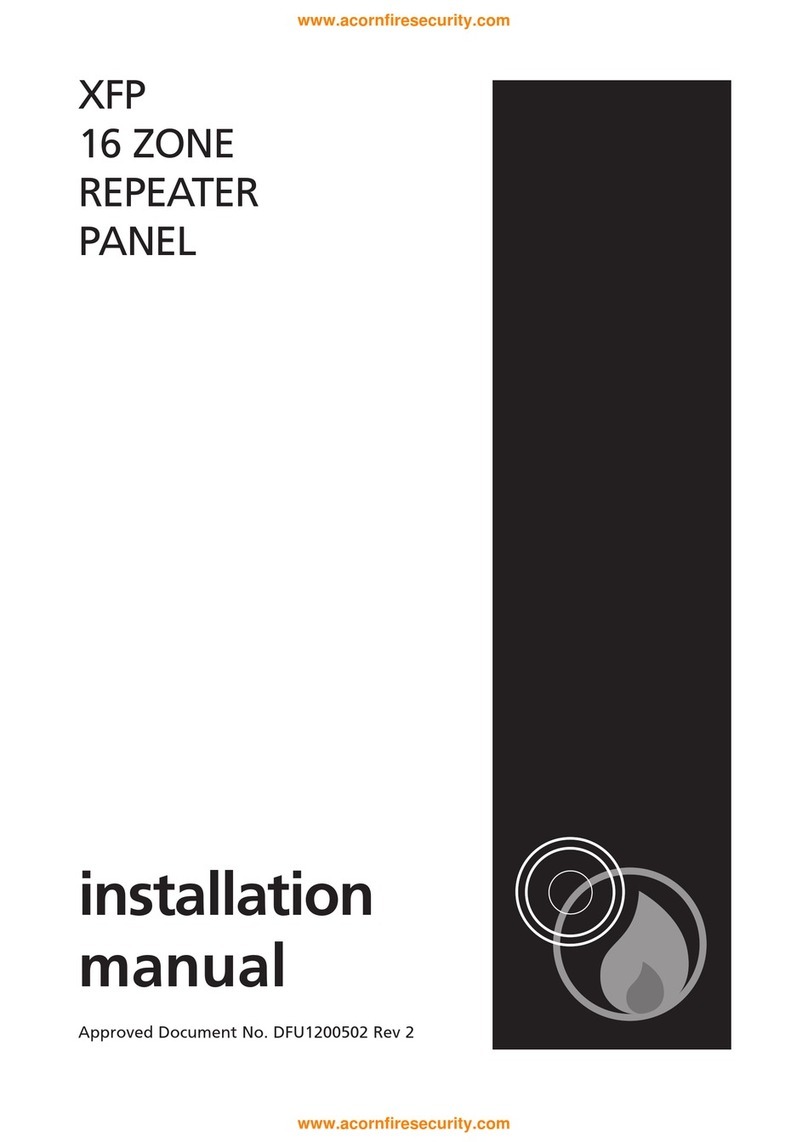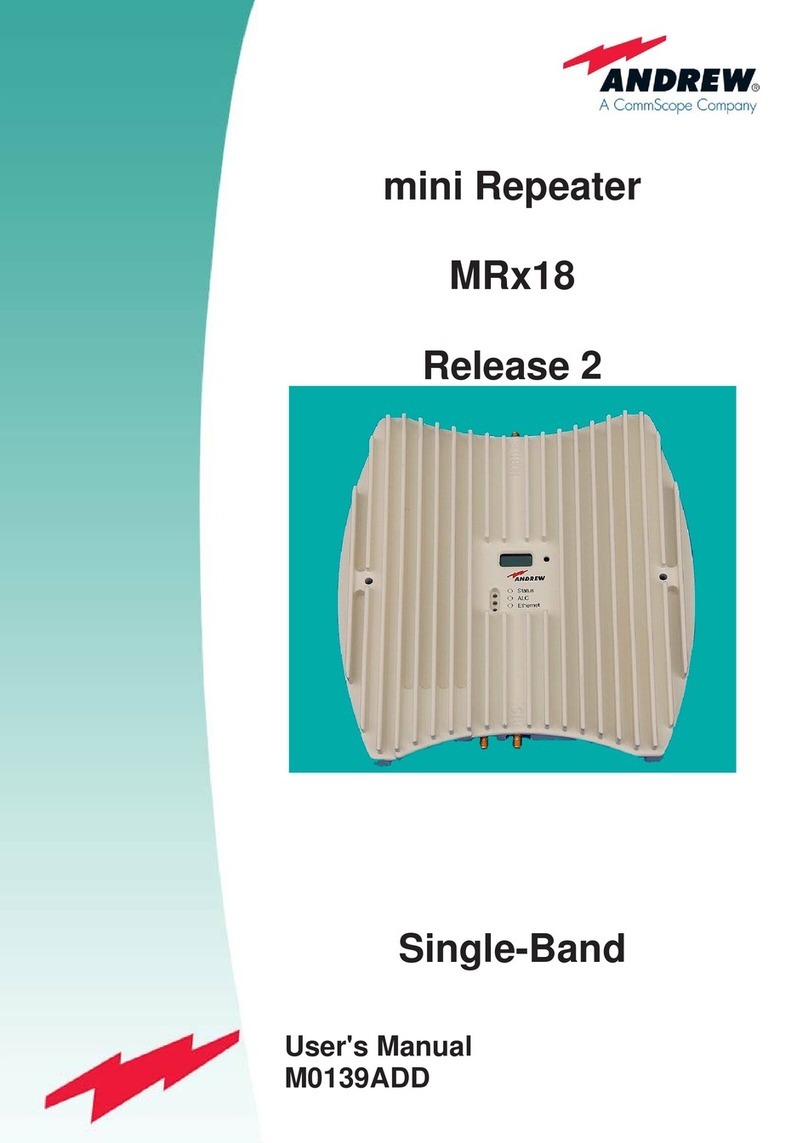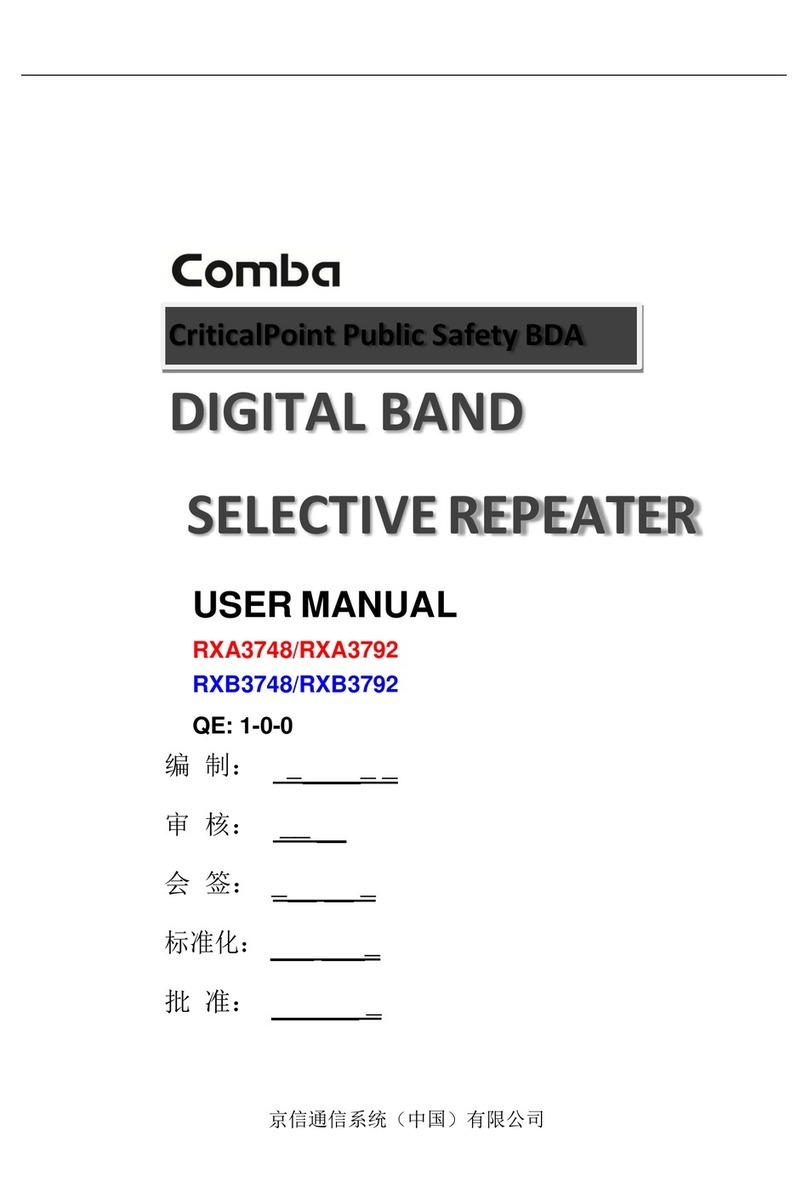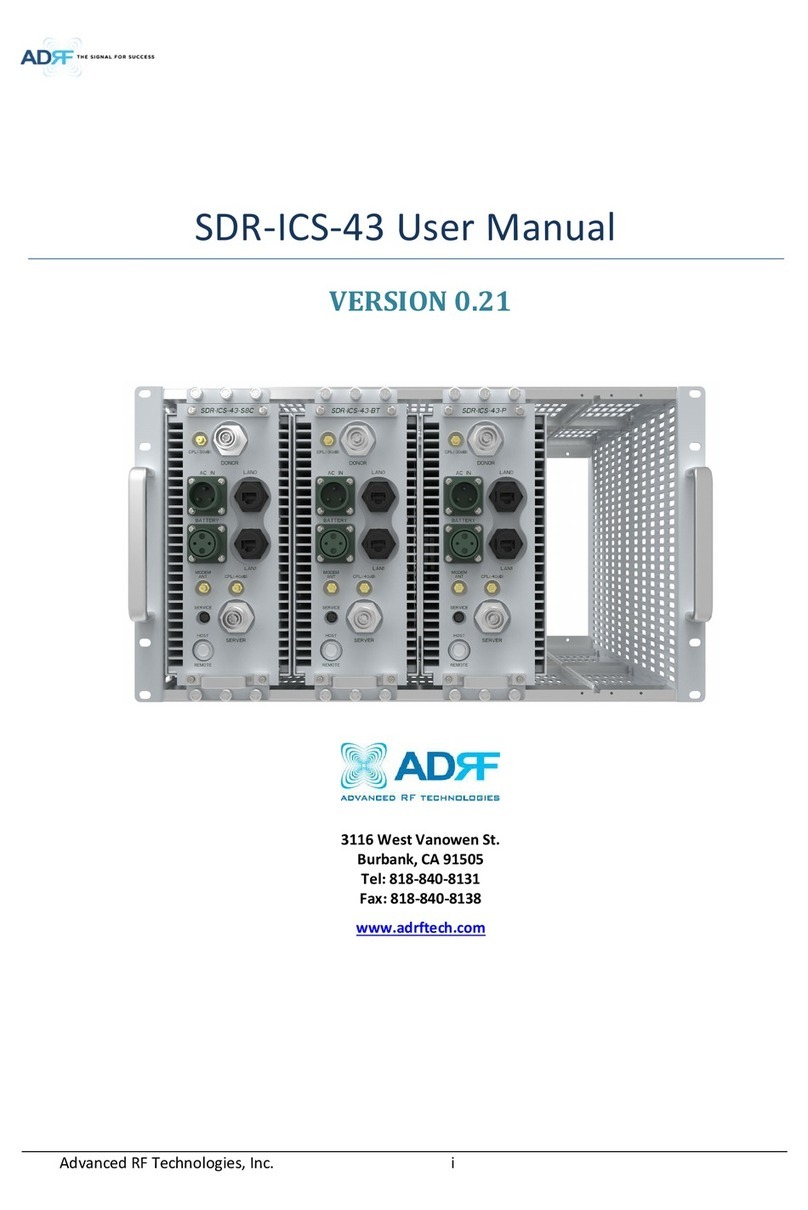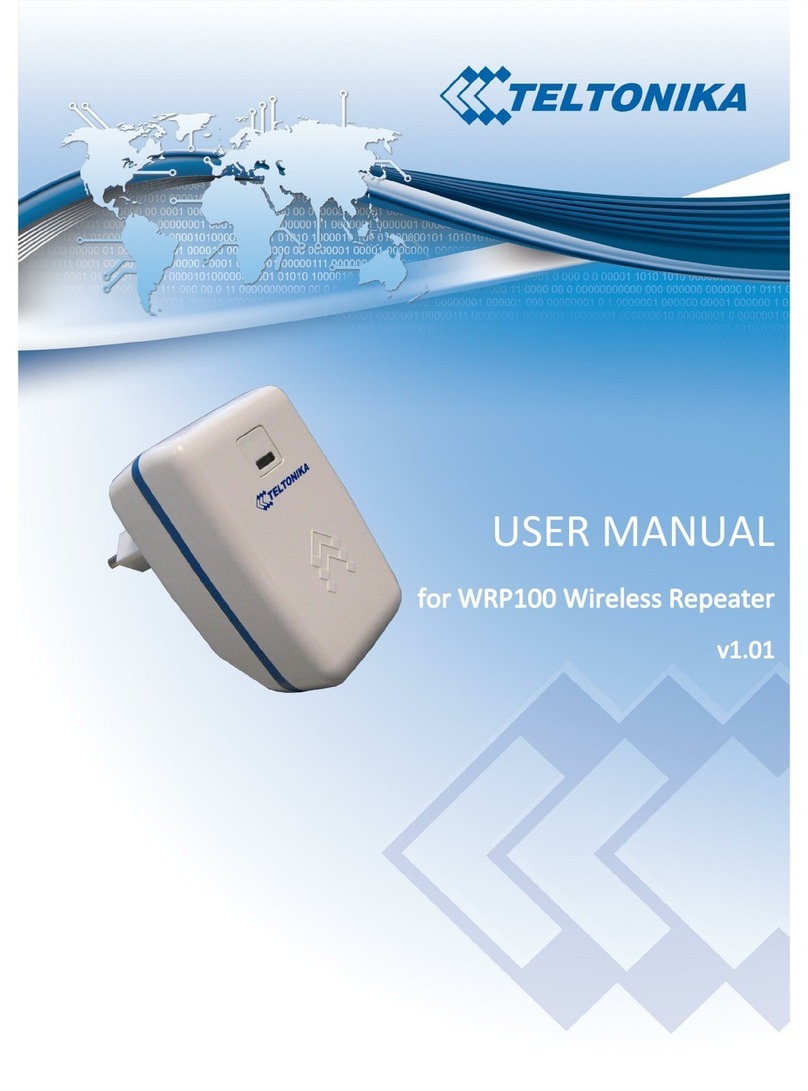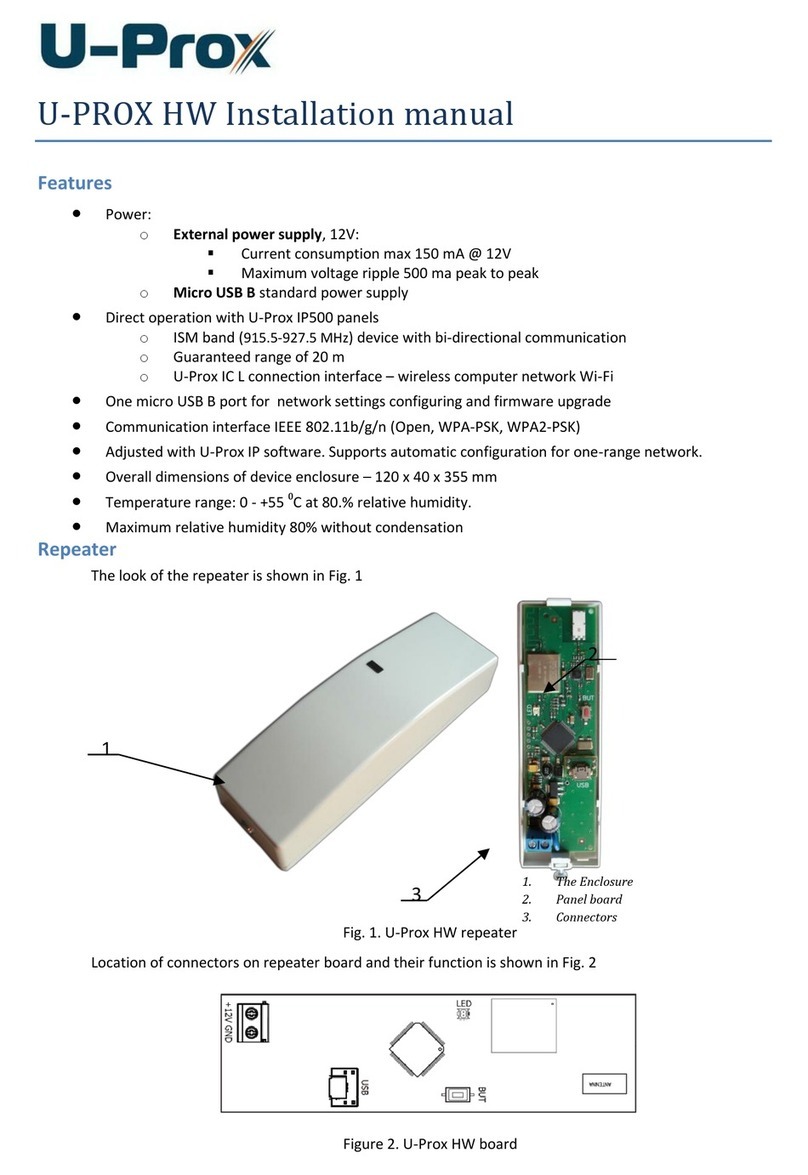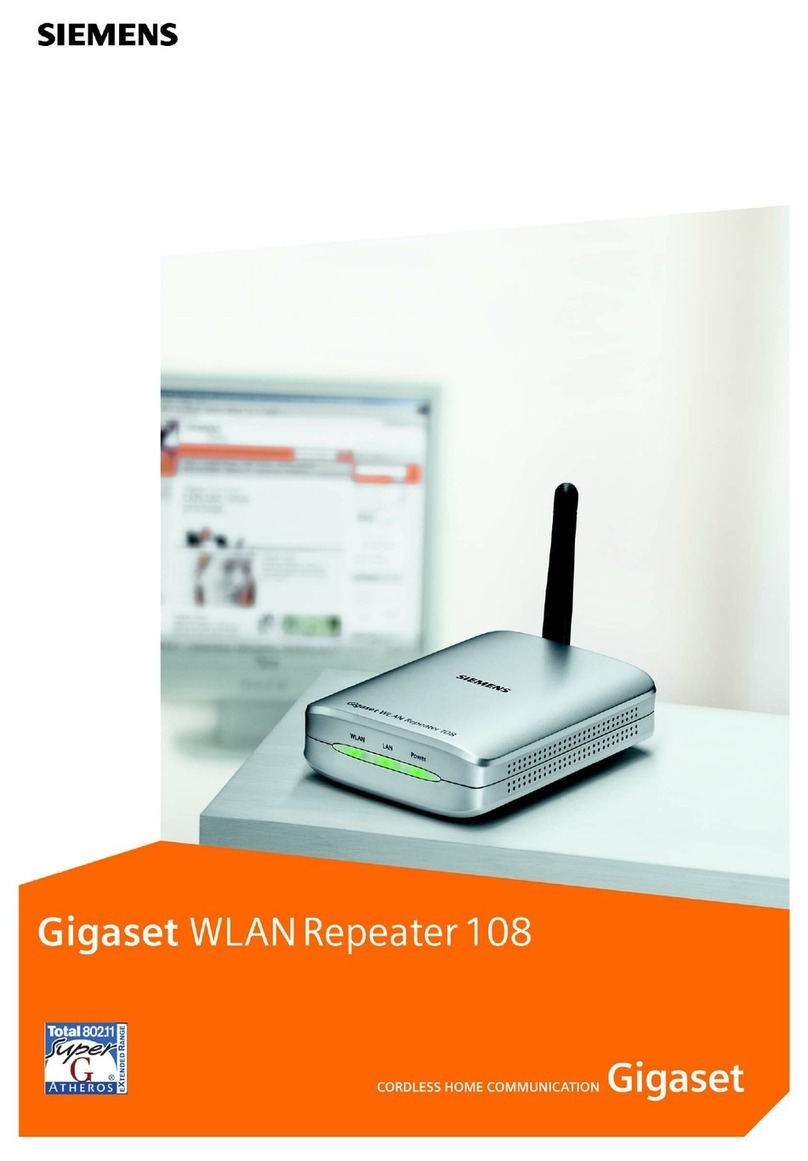
8 008860_j_--_--
fr
Application
Le terminal répétiteur FT2010 permet l'utilisation et
l'affichage limités du système de détectio
Le tableau répétiteur FT2011 ne dispose que de
fonctions d’affichage. L'affichage sur le FT20xx est
synchronisé avec les stations de la visibilité
configurée et montre les mêmes textes
d'événements. Les deux appareils sont exploités sur
la ligne de détection FDnet/C-NET.
Fourniture
Font partie de la fourniture :
lCouvercle avec unité centrale
lParoi arrière
lEtiquettes de repérage
lVis M 6/40 mm
lChevilles en nylon M 4,5-6
Instructions de sécurité
Respecter les instructions de sécurité suivantes:
lLes appareils sont destinés à un montage à
demeure dans des locaux secs uniquement.
lLes appareils ne doivent être raccordés qu’à la
ligne de détection FDnet/C-NET.
lL'alimentation externe doit être isolée
galvaniquement de la tension de l'installation et
des autres alimentations externes.
lUne alimentation externe ne peut être utilisée que
pour un dispositif de ligne.
lIl est possible d’utiliser une alimentation courante
isolée galvaniquement.
lLes alimentations supplémentaires FP2015 (70 W)
et FP2004 (150 W) ne doivent pas être utilisées
comme alimentation externe car elles provoquent
des dérangements sur la ligne FDnet/C-NET.
I Paroi arrière profonde (plastique)
II Paroi arrière plate (tôle d’acier)
III Couvercle avec unité centrale
IV Schéma de raccordement
V (a/b) Passage des câbles sans domino
VI a/b) Passage des câbles avec domino
K Commutateur à clé
R
Zone de pivotement du commutateur à clé (K)
S Fentes pour étiquettes de repérage
1 Préparations d’ouvertures pour le passage des câbles
(5 unités)
2 Trois trous pour la fixation murale
3 Connecteur X101 avec bloc de jonction enfichable à
8 pôles
4 Trous pour cames de maintien de la paroi arrière
(2 unités)
5 Cames de maintien pour fixation du couvercle
(2 unités)
6 Fermeture à genouillère (2 pièces)
7 Bouchon de fermeture (2 unités)
8 Domino 4 pôles (en option)
9 Point de fixation pour serre-câbles (4 unités)
10 Alimentation externe isolée galvaniquement
11 Serre-câbles pour la fixation des câbles
12 Serre-câbles pour la décharge de traction des câbles
Montage
1. Enfoncez dans la paroi arrière (I) ou (II) les ouvertures de
passage des câbles (1) désirées. AVIS : Sur la paroi
arrière FT2010-C1 (II), n’utilisez que les ouvertures de
passage des câbles à gauche.
2. Sur la paroi arrière en plastique (
I), il faut en plus enfoncer
les trous de fixation (2) situés derrière la paroi arrière.
3. Repérez les perçages pour les 3 trous de fixation (2),
percez les trous et introduisez les chevilles fournies.
4. Dévissez le connecteur X101 de l'embase.
5. Préparez le passage des câbles conformément aux
figures (V). Les fig. (V) s’appliquent de la même manière
pour la paroi arrière plate.
AVIS : Utilisez un domino (8)
comme pièce d'adaptation si
les câbles ont une section trop grosse. Introduisez ensuite
le câble comme indiqué sur les fig. (VI).
Longueur de câble nécessaire depuis l’ouverture jusqu'au
connecteur X101 (3) ou au domino (8) : 30 cm. Longueur
de câble nécessaire (X) depuis le domino (8) jusqu’au
connecteur X101 (3) : 15 cm Fig. (VI).
6. Raccordez les câbles au connecteur X101 (3)
conformément au schéma de raccordement (IV).
7. Fixez la paroi arrière fermement.
8. Réinsérez le connecteur X101 (3) dans l’embase.
9. Accrochez le couvercle (III) aux trous (4) au-dessus des
cames de maintien (5) de la paroi arrière.
10. Rabattez le couvercle (III) vers le bas au moyen des
fermetures à genouillère (6), poussez les bouchons de
fermeture (7) vers le haut et fixez le couvercle en tournant
les bouchons de fermeture d'un quart de tour.
AVIS : Vérifiez que les câbles ne sont pas en contact
avec le circuit imprimé.
